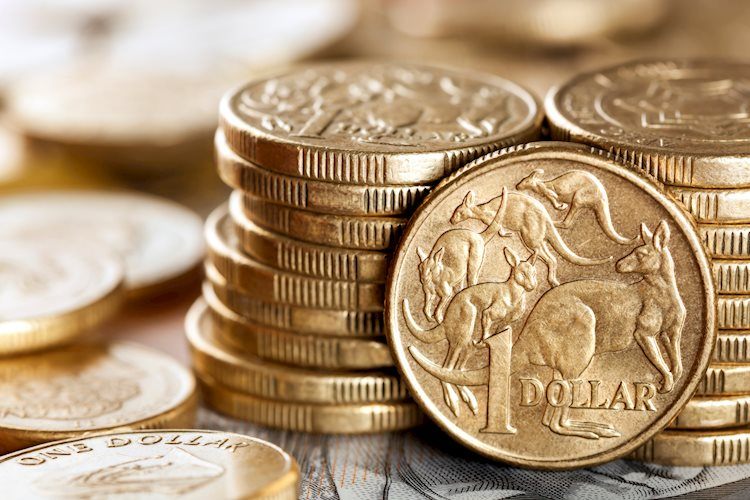The Australian Dollar (AUD) saw appreciation after the release of the labor market report on Thursday, which showed that Australian Employment Change rose by 47.5K in August, surpassing the consensus forecast of 25.0K. The Unemployment Rate remained steady at 4.2% during the same month. Additionally, traders are analyzing the Federal Reserve’s 50 basis points (bps) interest rate cut that occurred on Wednesday, signaling the Fed’s commitment to protecting the economy and labor market from potential recession.
The Federal Open Market Committee (FOMC) announced its first rate cut in over four years, bringing the federal funds rate to a range of 4.75% to 5.0%. Federal Reserve Chair Jerome Powell emphasized the Fed’s confidence in sustaining a strong labor market and achieving moderate economic growth. The increase in the unemployment projection to 4.4% by the end of 2024 and the long-term federal funds rate projection being raised from 2.8% to 2.9% are reflective of the Fed’s efforts to support the US economy.
Despite the Fed’s actions, US Retail Sales rose by 0.1% month-over-month in August, indicating resilient consumer spending. However, the ANZ-Roy Morgan Australian Consumer Confidence climbed to an eight-week high of 84.1 but still remains in pessimistic territory. Economists are reducing their GDP growth forecasts for China to 4.7%, below Beijing’s target, emphasizing the challenges faced by the Chinese economy.
The University of Michigan’s Consumer Sentiment Index reached 69.0 in September, exceeding market expectations and indicating an improved outlook on the US economy. China’s economy exhibited weakness in August with a slowdown in industrial activity and declining real estate prices, prompting calls for increased spending to boost demand. The Reserve Bank of Australia (RBA) indicated that rate cuts are premature due to high inflation and slowing wage growth.
Technical analysis of the AUD/USD pair shows that it hovers around 0.6750, positioned below the lower boundary of a rising wedge pattern, indicating a potential bearish reversal. The pair may test a seven-month high of 0.6798 on the upside, while the nine-day Exponential Moving Average (EMA) at 0.6733 and the psychological level of 0.6700 serve as potential support levels.
In the currency markets, the Australian Dollar performed strongly against the Japanese Yen according to the percentage changes displayed in the table. The heat map illustrates the percentage changes of major currencies against each other, providing a visual representation of currency movements. The Economic Indicator of Employment Change released by the Australian Bureau of Statistics is a key measure of the change in employed people in Australia, influencing consumer spending and economic growth.











